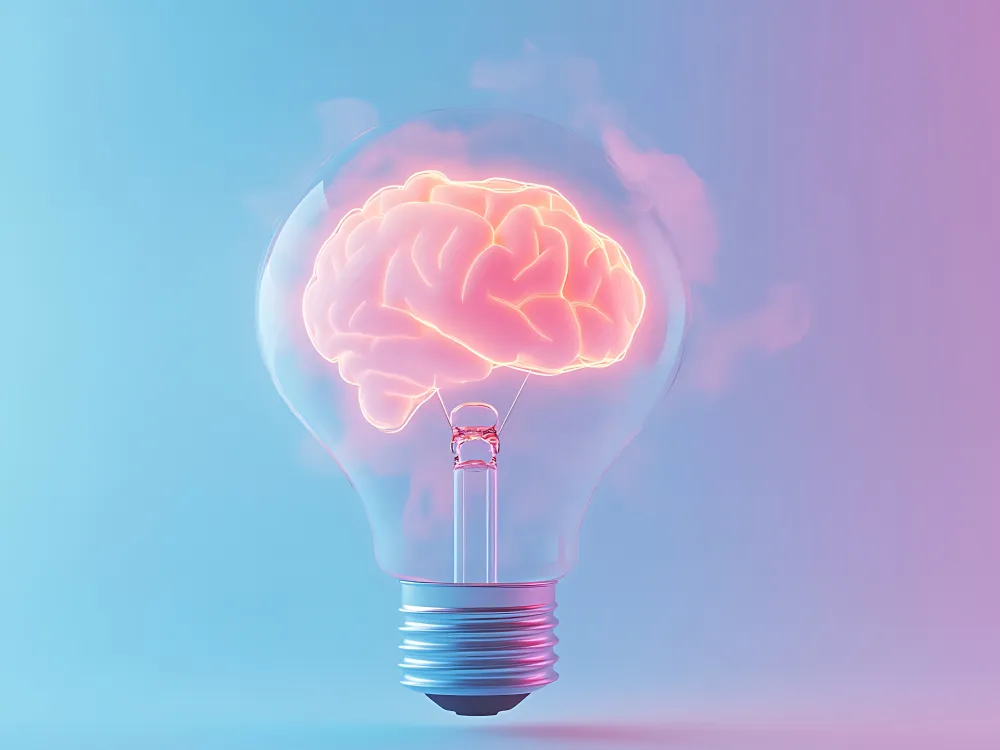
The Economics of AI Agents: Will Automation Redefine Human Productivity?
AI agents are the next stage in technological evolution, moving from simple automation to systems that can make decisions, adapt, and coordinate processes. This poses a key question for economics: is human productivity being enhanced — or gradually replaced?
In this article, we’ll look at how to measure productivity in this new environment, who benefits and who loses from the shift, and how businesses and institutions are adapting.
From Automation to Agency: A Paradigm Shift
AI agents are autonomous, context-aware, task-oriented systems that can independently analyze the environment, make decisions, and coordinate actions. Unlike classical automation, which only executes pre-written instructions, agents can learn, plan, and change strategies in real time.
It is this flexibility and mental awareness that creates a qualitatively new level of automation — from simple execution to true professionalism. For the economy, this means a fundamental shift: when middle management or coordination tasks are performed by agents, the marginal return on human labor changes. People can focus on strategic, creative, and value-added tasks, while operational processes are handed over to algorithms.
Such restructuring not only increases efficiency but also forces businesses and institutions to reconsider their work organization models and management structures.
Measuring Productivity in the Age of Agents
The classic productivity indicators — output per worker and total factor productivity — were designed for a world where most of the work was done by humans. But what if a significant part of the process is now performed by artificial intelligence agents? Then a difficult question arises: how do we divide the value created between humans and algorithms?
On one hand, we may see a sharp jump in aggregate indicators: agents can work 24/7, scale operations, and speed up decision-making cycles. On the other hand, there’s a risk of distortion — double-counting results or underestimating the synergy between humans and algorithms, especially where creativity or quality matters.
This makes the task of economists more difficult — but also more interesting: how do we measure productivity in a world where humans and agents act as a single team?
Distributional Impacts: Who Gains, Who Loses
AI agents will have different impacts across sectors and professions. The most vulnerable are administrative, analytical, and creative support roles — where many tasks, from document processing to data analysis or content drafting, can be algorithmized. But it’s important to understand: not everything leads to complete replacement.
In many areas, agents act as a powerful complement, allowing people to work faster and make more informed decisions. The labor market may experience polarization: the value of skills in supervising agents, managing automated systems, and creative thinking will rise, while routine jobs lose value and relevance.
The geographical distribution is also uneven. Regions with developed digital infrastructure will benefit faster, while less connected economies risk being left behind. This creates both challenges and opportunities for policy, education, and business.
Institutional & Business Model Responses
Companies aiming to harness the potential of AI agents are increasingly redesigning their processes around hybrid teams — where humans and algorithms collaborate. This is driving a shift from rigid hierarchies to modular workflow architectures, where individual tasks can be quickly delegated to agents.
This model allows operations to scale without significantly increasing headcount, while maintaining flexibility. The key strategy is to leave quality control, strategic planning, and creative decision-making in the hands of humans, while agents handle routine execution, analysis, and coordination.
An example is the platform OnlyMonster, where digital creators use structured automation to streamline their content production processes. This doesn’t replace creative vision, but rather frees up time for experimentation and strategic development. As a result, businesses become faster, more agile, and more competitive.
Transition, Frictions & Policy Implications
Adapting to an economy where AI agents are key players inevitably comes with costs. Retraining workers, structural unemployment, and the disappearance of certain tasks are challenges that cannot be ignored. Add to this the frictional lags: capital redistributing across sectors, slow market adoption of innovations, and regulatory delays. In such a situation, policy plays a crucial role.
Among the available tools are basic income programs, retraining incentives, and tax breaks for companies that choose to supplement human labor rather than fully automate.
Antitrust policy is also essential: concentration of control over AI agent platforms could lead to excessive market power. Transparent competition and open standards will help avoid a scenario where a few giants dictate the rules for the entire market.
Long-Run Scenarios: Redefining Human Productivity
In the future, the development of AI agents may follow several paths.
The first scenario is enhanced coevolution. This assumes that humans raise the productivity ceiling, while agents take on supporting roles — processing data, performing routine tasks, and coordinating operations. In such a world, human work focuses on strategic thinking, creativity, and innovation.
The second scenario is substitution dominance. Here, agents handle large volumes of work, while humans are left with supervision, control, and narrow creative niches.
Both scenarios have serious implications for production, leisure distribution, inequality, and labor supply. Whether this growth helps reduce the working week and improve quality of life — or instead deepens social divides — remains an open question. A key part of the debate remains cultural: is productivity always more important than meaning and human values?
Conclusion
AI agents are not just another step in automation — they challenge the very foundations of how we measure productivity and organize work. The future depends on the decisions made by companies, political institutions, and the ability of systems to adapt. The world is not doomed to utopia or dystopia — it’s how we integrate agents that will determine the balance between efficiency and human values.


